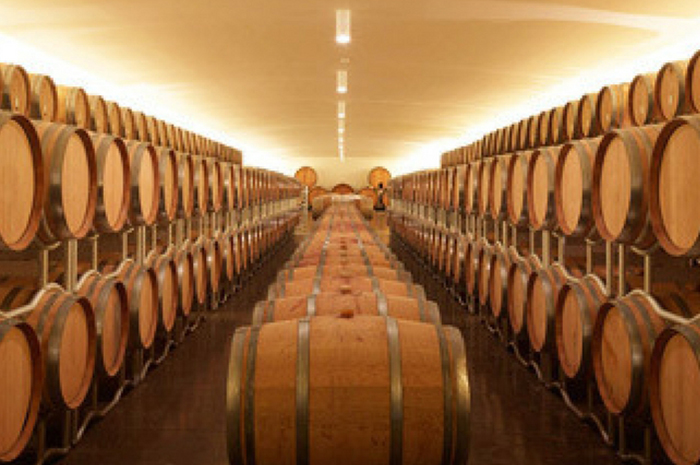What happens to our black gold after plantation, maturation and harvest?
It was thanks to the perseverance and dedication of many producers, to the new technologies, to a reduction of quantity over quality that lead the Barbera to become one of the most appreciated red Italian wines. All these attentions brought an important improvement to the quality of the grape and the vineyard itself.
A remarkable part of these enhancements were done within the vinification process. On one side the control of the Malolactic Fermentation, almost unknown until 10 years ago, made Barbera softer to our palate. On the other, the aging method in wooden barrels brought complexity and elegance to the wine; together with a long lasting smell and taste.

If it’s true that quality is prosecuted first in the vineyards and later in the cellar; it is also true that the aging procedure is the one that determines the “style” of the wine. Young Barbera which are not aged in barrels enhance the primary scents of the grape itself. The ones that age in big barrels, instead, increase their complexity while respecting tradition. Finally Barbera that ages in small barrels, obtain body and elegance while transforming its tannins, a bit rough and rude in its youth, in more delicate and velvety notes.
In collaboration with Roberta Negri.

